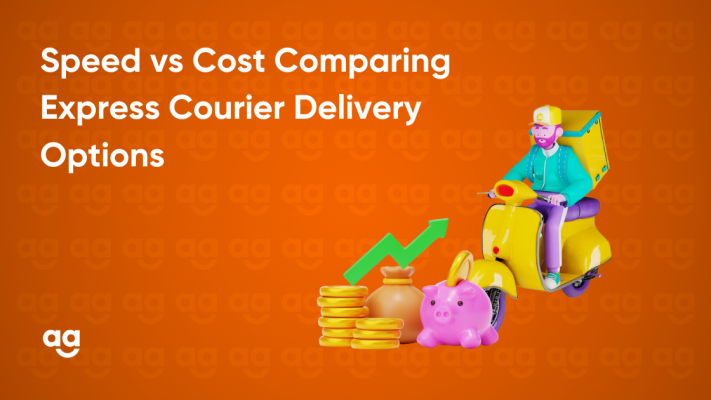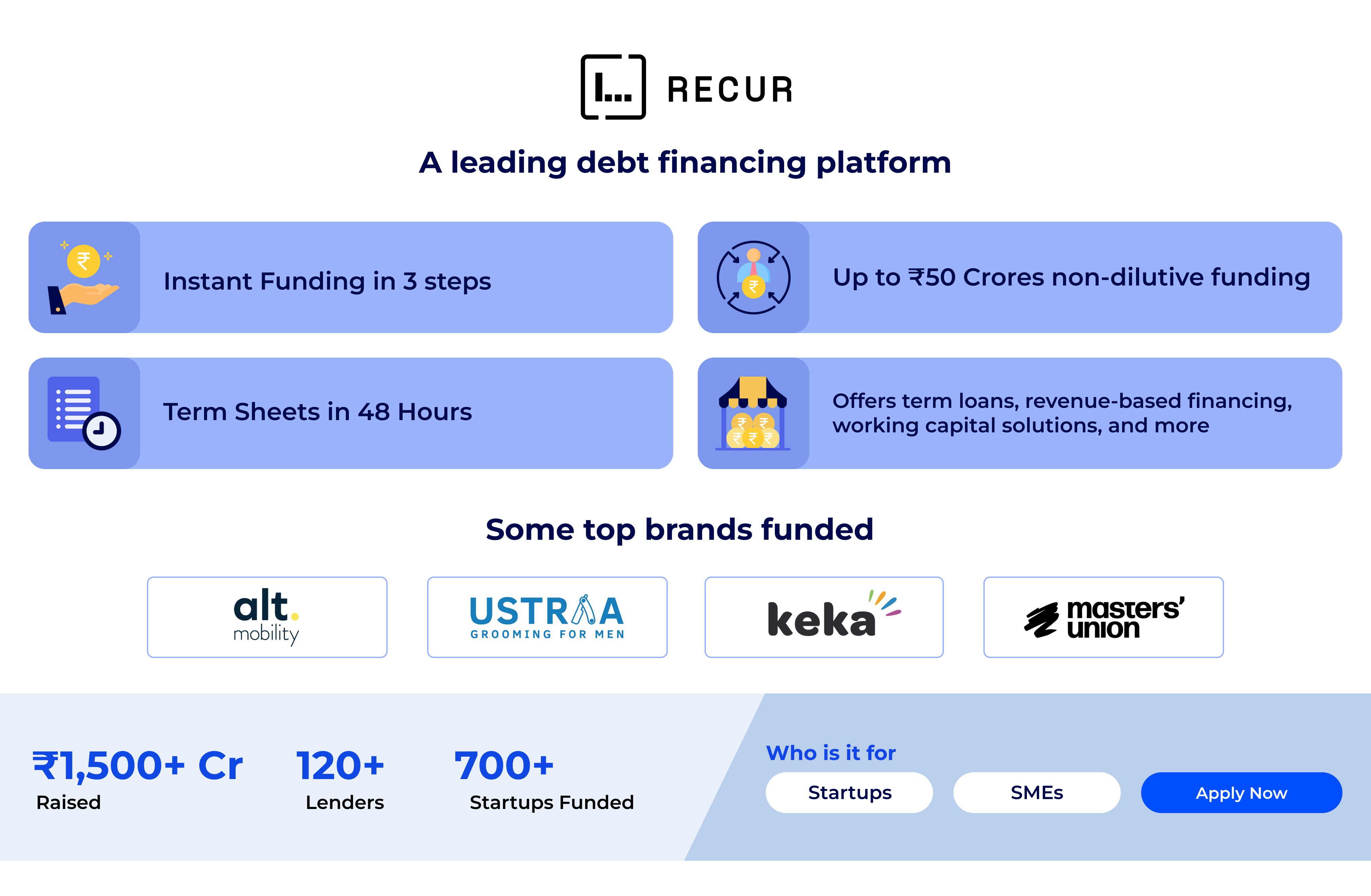Planning Pays Off: 5 Strategies to Get the Most Out of Your Delivery Speed Choice
April 17, 2025
5 min read
The Rising Demand for Bulk Shipping
By 2030, the dry bulk shipping market is expected to increase at a compound annual growth rate (CAGR) of 2.5% to reach $186.9 billion. This steady growth needs to be attributed to rising global commodity demand as well as customer desires for faster delivery.
In this sense, bulk shipping options have become crucial for companies looking to create effective, scalable supply chains. Bulk shipping may increase cost-effectiveness, satisfy demand, and simplify operations for both established companies trying to maintain their competitiveness and young firms aiming to grow.
In this blog, we’ll cover the concept of bulk shipping, its importance, and how it may assist you in creating a supply chain that grows with your company.

What Is Bulk Shipping?
Bulk shipping refers to the practice of moving big loads of goods in containers without packing them. The vessels are made especially for this use in order to guarantee the items’ safety.
Usually, the shipping partner will send your products in pallets or other bulk-handling units. If you are an e-commerce business that sells directly to customers, it would mean sending multiple orders in one shipment to a regional delivery centre. Your team can pack and ship individual orders from there to your customers.
How to Build a Scalable Supply Chain?
Here are some essential steps to help you create a scalable, efficient supply chain using bulk shipping solutions:
Step 1: Analyse your Shipping Volumes
Bulk shipping is advisable if you regularly import or export a decent amount of goods monthly. Your shipping volumes will be instrumental in negotiating rates with vendors. The more you ship, the lower your rates can be.
Step 2: Request Bids from Vendors
Engage multiple shipping companies to compare their rates and service offerings. Be sure to consider both established carriers and emerging players. Share your data, such as shipment frequency, volume, weight, and destinations, so vendors can offer tailored solutions.
Step 3: Assess Infrastructure and Technology
When finalising a shipping partner, it is recommended that adequate infrastructure facilities be looked for. If your shipping partner has room for both incoming and outgoing shipments, you can cut down on needless delays.
Furthermore, you can pinpoint your products’ precise position with cutting-edge technology systems that track shipments in real time.
You can track your package using Shipyaari XL to find out where it is in transit. Additionally, it provides an AI-powered recommendation engine to increase shipping efficiency. Rather than selecting the least expensive alternative, it provides insightful, data-driven recommendations.
4. Put Quality Above Price
Cost is significant, but dependability and service quality should be the main priorities. Before deciding, examine delivery schedules, tracking features, insurance choices, and customer support.
5. Address Special Shipping Needs
If you deal in perishable, liquid, or fragile goods, choose a supplier that provides specialised solutions, like temperature control, shock-resistant handling, or full truckload (FTL) services. This guarantees the safety of your items while they are in transit.
Summing Up
Building a strong supply chain is one of the best methods for reducing distribution costs and giving yourself a competitive edge. You can successfully achieve this by carefully reviewing your company’s needs, evaluating your particular needs, and selecting a reliable shipping partner.
Shipyaari helps companies optimise their operations by providing all-inclusive bulk shipping solutions. Two of our services are real-time tracking and an AI-powered recommendation engine that maximises shipment efficiency. Regardless of your company’s size, we offer adaptable solutions to fit various needs and budgets.
Try it for free today!
Frequently Asked Questions
Selecting the appropriate product classification is essential for handling insurance and tariff computations. Misclassification may lead to penalties, extra costs, or delays. To avoid issues, ensure all product information is correct and up to date.
One of the better ways to save money is by being flexible with delivery schedules. Flexibility in pickup and delivery windows will help avail better rates in the long run.
Shipping costs may be higher during their peak season. You can schedule an appointment and reserve a carrier in advance to avoid such exorbitant transport charges.
Yes, Shipyaari provides bulk shipping solutions with tracking features and an AI-driven recommendation engine to help businesses optimize shipping efficiency.
Suggested Reads
Hyperlocal Personalization: Tailoring Experiences for Local Customers
Introduction The eCommerce industry in India has witnessed a rapid growth of hyperlocal services in
Continue ReadingDec



















 Shipping
Shipping







